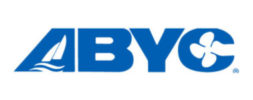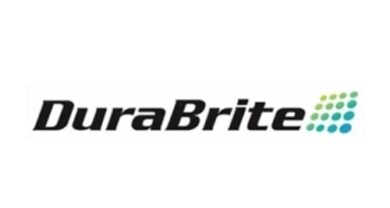MasterCraft reports record earnings for Q3

MasterCraft Boat Holdings, Inc. announced financial results for its fiscal 2021 third quarter ended April 4, 2021.
“Building upon the record quarterly performances we delivered in our first and second quarters, the fiscal third quarter was the most profitable quarter in the Company’s history. This record-setting performance was driven by year-over-year and sequential unit increases at each of our segments, achieved through disciplined execution and operational excellence,” Fred Brightbill, Chief Executive Officer and Chairman said. “The credit goes to our more than 1,400 employees that continued to execute against our key strategic priorities and the strength of our brands. Throughout this challenging and dynamic operating environment, we have been able to scale and accelerate production while expertly managing our supply chain to deliver for our dealers and consumers in this robust demand environment.”
Brightbill continued, “Execution of our consumer-centric strategy remains our top focus as we look to drive sustainable, accelerated growth into fiscal 2022 and beyond. The heightened interest in boating as a safe, fun, outdoor, family-friendly recreation continues to endure. Strong retail demand across all our brands continued in our fiscal third quarter, resulting in a record wholesale backlog that provides us with great confidence in our outlook and ability to create long-term shareholder value.”
Third Quarter Results
Net sales for the third quarter were $147.9 million, an increase of $45.3 million or 44.2%, compared to $102.6 million for the COVID-impacted prior-year period. The increase was primarily a result of achieving the highest wholesale unit volume in the history of the Company, higher prices and lower dealer incentives, and was partially offset by the impact of model mix.
Gross profit increased $16.0 million, or 75%, to $37.2 million compared to $21.3 million for the prior-year period, principally driven by higher sales volumes, lower dealer incentives and higher prices. This favorability was partially offset by the impact of model mix, higher compensation costs, and costs associated with the transition of Aviara to the company’s Merritt Island facility.
Gross margin was 25.2% for the third quarter, an increase of 450 basis points compared to the prior-year period. The increase was primarily attributable to lower dealer incentives, favorable overhead absorption driven by higher sales volume, and higher prices, partially offset by costs associated with the transition of Aviara to the company’s Merritt Island facility and higher labor costs.
Operating expenses were $14.7 million for the third quarter, a decrease of $53.8 million or 78.6%, compared to the prior-year period primarily driven by the recognition of $56.4 million of goodwill and other intangible asset impairment charges in the prior-year period and lower selling and marketing costs primarily due to the impacts of the COVID-19 pandemic. This decrease was partially offset by higher general and administrative expenses resulting from higher incentive compensation costs and additional investment related to product development and information technology.
Net income for the third quarter increased to $17.6 million, or $0.93 per share, compared to a net loss of $36.7 million, or ($1.96) per share, for the prior-year period. Adjusted Net Income increased to $19.1 million, or $1.01 per diluted share, compared to $8.6 million, or $0.46 per diluted share, in the prior-year period.
Adjusted EBITDA was $27.5 million for the third quarter, compared to $14.0 million in the prior-year period. Adjusted EBITDA margin was 18.6 percent, up from 13.6 percent in the prior-year period.
“Due to a continuation of strong retail demand trends, historically low dealer inventory, the strength of our order book across our brands, and the increased production rates in each segment over the course of the third quarter, we are once again raising our guidance for fiscal 2021,” Brightbill said. “Importantly, our guidance assumes continued inefficiencies in our production as we navigate through supply chain disruptions.”




